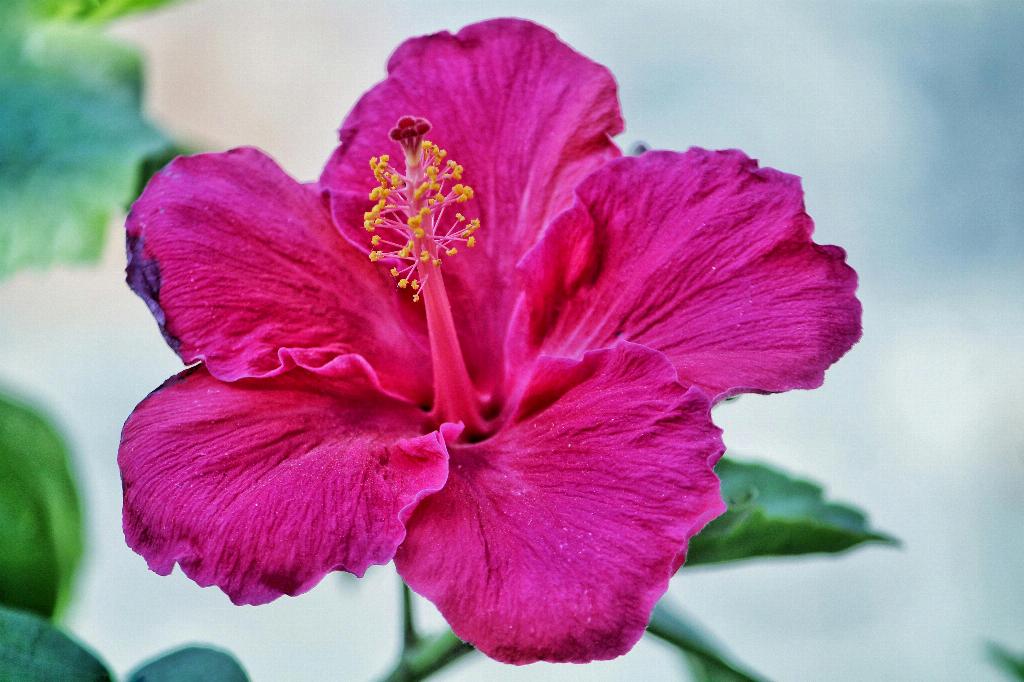During the winter months, perennial Hibiscus plants, including varieties like the Seminole Hibiscus, go through a natural process of dormancy. This dormancy period is characterized by significant changes in the appearance of the plant, making it essential for gardeners to understand the winter behavior of their Hibiscus.
One of the primary visual changes that occur in Hibiscus during winter is the fading or loss of color in the leaves. The vibrant green leaves that are synonymous with healthy Hibiscus plants gradually lose their hue and may even appear somewhat dull or brownish during the winter dormancy period.
Furthermore, during winter, you’re likely to observe a decrease in flowering activity in your Hibiscus plants. As the temperatures drop and daylight hours lessen, the plant’s ability to produce new blooms is significantly reduced. This reduction in flowering is a natural response to the environmental conditions of winter.
It’s important to note that the dropping of flowers is a common occurrence in Hibiscus during the winter months. The plant sheds its blooms as part of its dormancy process, redirecting its energy reserves towards essential functions that support its survival during the colder and darker winter days.
Another noticeable change in Hibiscus during winter is the slowing down or cessation of new growth. The plant enters a period of stasis, focusing on conserving its resources rather than actively growing. This dormancy phase allows the Hibiscus to endure the harsh winter conditions until the arrival of spring.
While the visual appearance of a Hibiscus plant may seem less vibrant and active during winter, it is essential to understand that these changes are a natural response to seasonal variations. By recognizing and respecting the plant’s winter behavior, gardeners can provide appropriate care and support to help their Hibiscus thrive once spring arrives.
Despite the subdued appearance of a Hibiscus plant in winter, it is crucial to continue basic maintenance practices to ensure its health and prepare it for the upcoming growing season. Regular watering, although reduced compared to the summer months, is still necessary to keep the plant adequately hydrated during winter dormancy.
Additionally, providing adequate protection from extreme cold temperatures and frost is vital for the survival of Hibiscus plants in winter. Mulching around the base of the plant and covering it with a protective layer can help insulate the roots and prevent damage from freezing conditions.
Pruning during the winter months should be approached with caution, as Hibiscus plants are more vulnerable during dormancy. It is advisable to wait until the late winter or early spring to carry out any significant pruning tasks, allowing the plant to focus on its survival strategies during the coldest months.
Observing and understanding the changes in your Hibiscus plant’s appearance during winter can provide valuable insights into its overall health and well-being. By being attentive to these seasonal variations, you can adapt your gardening practices to support the plant’s natural growth cycles and ensure its longevity and vitality.
In conclusion, while the winter appearance of a Hibiscus plant may differ significantly from its summertime glory, these seasonal changes are a necessary part of the plant’s life cycle. By embracing and accommodating the winter behavior of Hibiscus, gardeners can foster a resilient and thriving plant that continues to dazzle with its beauty when spring arrives.

